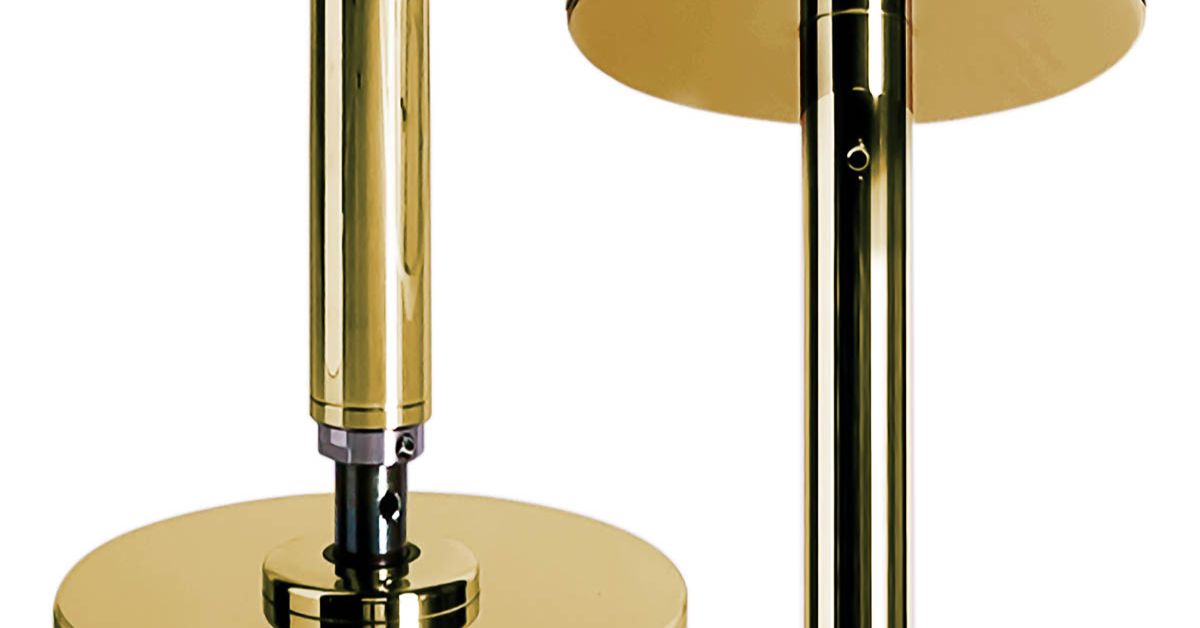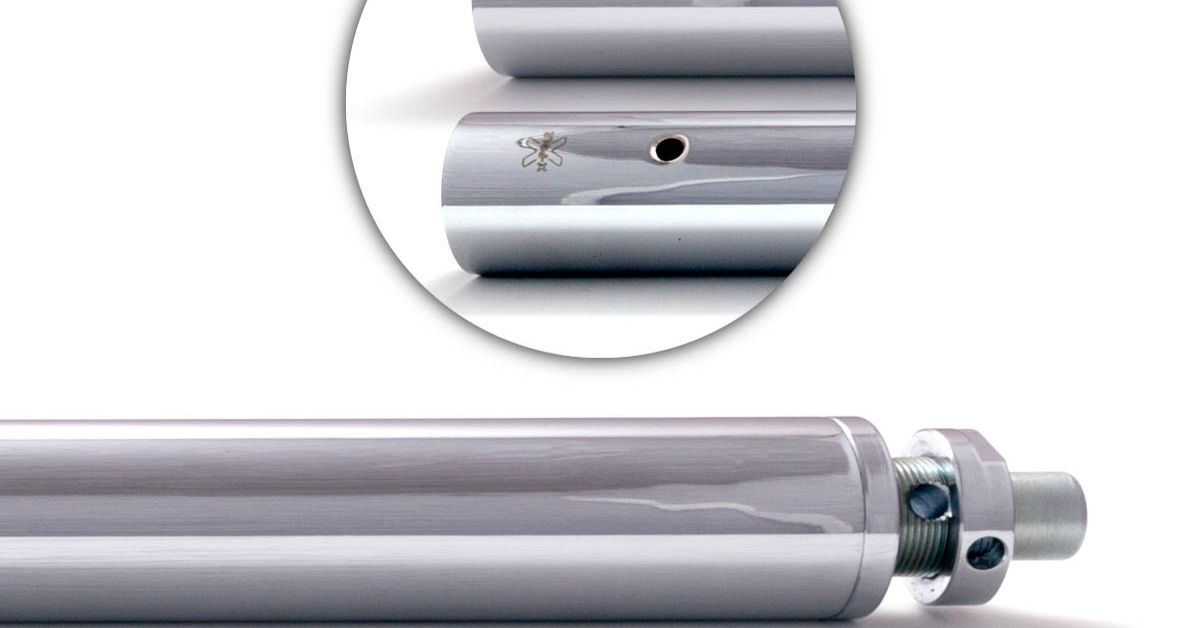6 Things for Beginners to Know About Aerial Fitness
News | Published on September 13th, 2024 by kevin-dulogicalposition-com

Aerial fitness is an exhilarating and unique workout that combines strength, flexibility, and artistry. Using poles, silks, hoops (lyra), and trapeze, you can perform gravity-defying moves that tone your body. And they’re a ton of fun! Here are six things for beginners to know about aerial fitness.
The Different Types of Aerial Fitness
Aerial fitness blends elements of dance and acrobatics. There are several kinds of aerial fitness exercises, and each offers a unique way to explore movement and creativity in the air. Despite their differences, all these disciplines share a focus on building core strength and body awareness.
Aerial Hoop (Lyra)
The aerial hoop, or lyra, is a circular apparatus that allows for graceful spins, poses, and stunning transitions. Training on the lyra builds core strength and improves balance, making it an excellent choice for those seeking to develop fluid movements and artistic expression in their workouts.
Aerial Silks
Aerial silks involve climbing and performing acrobatics while suspended from long pieces of fabric. Aerial silks significantly improve your coordination as you learn to control your movements in the air.
Aerial Yoga
Aerial yoga utilizes a hammock or sling to support traditional yoga poses while allowing you to practice them in mid-air. This approach provides a unique way to experience familiar poses from a new perspective. Aerial yoga is particularly appealing for those seeking a low-impact workout, as it helps reduce strain on the joints and encourages relaxation and mindfulness.
Trapeze
Aerial trapeze combines strength, flexibility, and coordination exercises performed on a suspended bar. Participants use basic techniques to swing, balance, and perform poses on the trapeze. The primary equipment includes a trapeze bar, safety mats, and often a harness or spotting system to ensure safety during practice.
Pole Fitness
Pole fitness combines elements of dance and acrobatics on a vertical workout pole, creating a challenging and empowering workout. This discipline emphasizes core strength, flexibility, and coordination, allowing practitioners to express themselves through unique movements and routines. Pole fitness also promotes body positivity and self-expression, inviting everyone to celebrate their individuality and strength.

Certified Trainers Can Boost Your Skills
When starting your aerial fitness journey, seek guidance from certified aerial fitness instructors. These professionals are trained to teach you the correct techniques and ensure you're performing moves safely.
Here are some key benefits of training with a certified aerial fitness instructor:
- Certified instructors ensure you learn proper techniques from the start.
- They create a safe training environment by teaching essential safety protocols and equipment use.
- They can tailor workouts to your individual skill level and needs.
- You gain valuable feedback and corrections that help you progress more efficiently.
- They foster a supportive atmosphere, encouraging you to push your limits while feeling safe.
- Their knowledge of aerial fitness can enhance your understanding of the discipline.
- Training with a professional can boost your confidence, motivating you to achieve your aerial goals.
A certified instructor will provide feedback that helps you focus on the right exercises to enhance your performance. In the long run, this instruction creates a solid foundation for more advanced aerial skills.
The Right Equipment Enhances Safety
Safety should always be your top priority when practicing aerial fitness. Use appropriate equipment, such as mats and harnesses, and ensure that your setup is secure and stable. You can follow the equipment manufacturer’s instructions to maintain your apparatus. A safe workout space allows you to focus on learning new skills without the fear of injury.
Tips for Secure, Safe Pole Fitness
Whether you’re using silks, a hoop, or a pole, different apparatuses come with their own unique challenges and requirements. Regardless of the discipline, you’ll enjoy a fulfilling workout by prioritizing safety.
For those engaged in pole fitness, here are some important safety tips to keep in mind to ensure secure and effective workouts:
- Make sure there is at least 6 feet of clearance around the pole to avoid collisions.
- Always do warm-up exercises to prepare your muscles and joints for the demands of pole fitness.
- Check the stability of the pole before each session to confirm it is securely installed and safe for use.
- Use crash pads or mats beneath the pole to soften falls and increase safety during practice.
- Practice basic moves and transitions before advancing to more complex techniques.
- Maintain awareness of your surroundings.
- Listen to your body and take breaks as needed to avoid injury.
- Stay hydrated and nourished to maintain your energy levels.
Focus on Building Core Strength and Flexibility
Core strength and flexibility are essential for anyone practicing aerial fitness. A strong core supports your body during aerial moves, helping you maintain control and balance. You can do exercises such as planks, leg raises, and yoga stretches to improve these areas.
Flexibility enhances your ability to perform various aerial poses and transitions smoothly. Regular stretching and mobility exercises will increase your range of motion, making it easier to do complex moves. By focusing on core strength and flexibility, you’ll build a solid physical foundation that will benefit all aspects of your aerial practice.
Consistency in Practice is Crucial
Beginners should also know that consistency is key to making progress in aerial fitness. Regular practice sessions help build endurance, improve muscle memory, and increase overall strength.
How often you should practice can vary based on your skill level and fitness goals. Beginners may benefit from two to three sessions a week, which allows for adequate recovery time and skill development, while intermediate practitioners might aim for three to four sessions a week to refine techniques and build strength. Advanced aerialists often practice 4 to 6 times per week, focusing on mastering complex moves and enhancing performance through consistent training.
Progress Requires Patience
Practicing patience in aerial fitness is essential for long-term success and enjoyment. One effective tip is to set realistic, incremental goals that focus on specific skills or techniques, which can help you appreciate the small victories along the way. You can also keep a journal of your progress to visually track how far you’ve come and celebrate your improvements.
Mastery at any level takes time and effort, and encountering challenges along the way is perfectly normal. Having a positive mindset—focusing on effort rather than perfection—will help you stay committed and engaged.
Aerial fitness includes various exercise disciplines that combine strength, flexibility, and creativity. Safe equipment and techniques, consistent practice, and proper instruction can significantly enhance your experience and progress. Core strength and flexibility lay the groundwork for mastering advanced moves. Embrace the journey with patience and positivity, and you'll become stronger and more confident.














